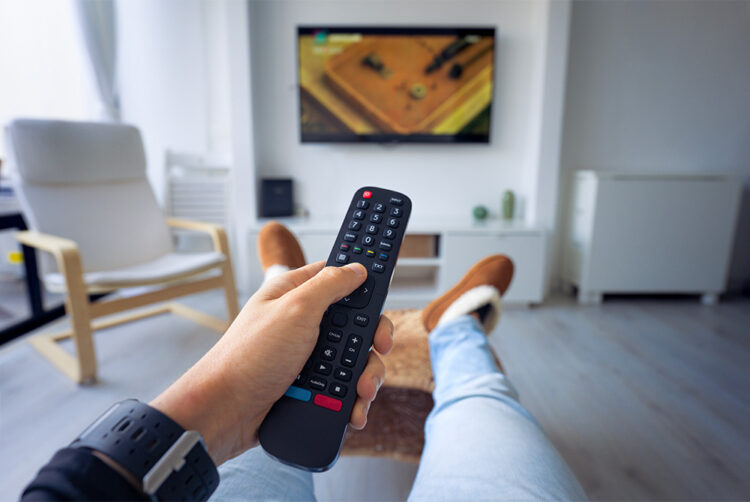Beware bad proxies as linear TV embraces behavioural targeting

Opinion: Strategy Leaders
Behavioural targeting on digital and TV avoids lumping together audiences based on ages and households where advertisers can customise the reach of their campaigns.
Behavioural targeting is well known, established and proven to be effective in the digital world.
Behavioural data tells us much more about the target audience than any demographics which serve as very broad and often stereotypical proxies.
But socio-demographics do not tell you much about who your audience actually is, how they tick, how they live and what their values and interests are.
You might have seen that famous comparison of two British men, both wealthy, live in a castle and are aged 70. One is King Charles. The other one is Ozzy Osbourne.
Clearly two very distinct lifestyles, attitudes, values and interests. And not two you would combine in one target audience. However, if you solely rely on socio-demographics you would.
Now, TV is a mass medium
And that is its strength. It should not be misused like a performance channel where you target yourself to death until you keep preaching to the already converted.
Driving maximum reach within your given means, and that continuously is absolutely relevant for brands to grow. Small or big. Fact. See Byron Sharp’s How Brands Grow.
However, so far in TV we relied heavily on using socio-demographic proxies to get to a media target audience that usually is defined via more qualitative elements such as interests, hobbies, statements or lifestyle.
This is due to the system that has been built for ages based on panels who actually know way more than just socio-demographics but channels have sold their inventory based on socio-demographics.
Now, what if there is now a way to actually build your TV audience based on these more important qualitative elements and get closer to your audience? A way that is defined and has more in common in terms of interest, lifestyle and statements, than being lumped together based on age and household structure?
Large sample sizes and device tracking are the answer
AdScanner, a company originally from Croatia, launched in Germany in mid 2021.
Next to being a freelancer I am now also working for the company as director client success after having freelanced with them for about a year.
In Germany it works with large sample sizes as it collaborates with Vodafone Germany to get viewing behaviour from more than one million devices, every night, by the second. There is no panel involved and hence the data is devices based and not projected based on a panel.
Large sample sizes, combined with second-by-second data, can tell you a lot about the devices’ viewing behaviour, updated dynamically and regularly. You can see what it watches when, for how long and where it zaps from and to.
Now the digital world comes into play. Based on these media consumption insights AdScanner defines so-called profiles. For example, there are profiles like: Travel Lover, Food Lover, Sophisticated, Night Owls and even Unicorns (the ones that watch maximum three hours of linear TV per month).
With these profiles, brands can actually target their audiences not just in the obvious programmes but more importantly what else they are watching to build up decent and relevant reach in linear TV.
Here is how clients are using it
There are already brands that have entered the waters of behavioural targeting in linear TV. The clients I work with use either our generally defined profiles or have built their own individual ones.
Once these profiles are set up they complement the client’s or their agency’s usual TV buying with insights of their profiles. For example, they use reach and affinity rankings of channels and electronic programme guides to build so called brand territories which allows them to finetune their planning and targeting in TV.
Furthermore, the second-by-second data allows you to analyse incremental reach for every single placement in linear TV. And, based on these insights, they combine the rankings to identify relevant formats that still deliver incremental reach within the profile and avoid the ones that are already exhausted in terms of reach during a campaign.
In my Media Leader column I have written a lot about how the offline channels went digital. And now it is not just TV moving into CTV or AVOD, but actually linear TV working with digital approaches.
It allows you to keeping the strength of linear TV in your media mix with it being a channel that builds up relevant reach very fast and performs well in terms of attention and effectiveness.
 Nina Franck is director, client success, at Adscanner and has been an independent media planning consultant
Nina Franck is director, client success, at Adscanner and has been an independent media planning consultant
Strategy Leaders: The Media Leader‘s weekly bulletin with thought leadership, news and analysis dedicated to excellence in commercial media strategy.
Sign up for free to ensure you stay up to date every Thursday.



